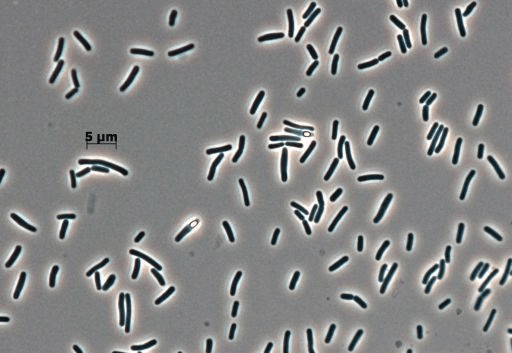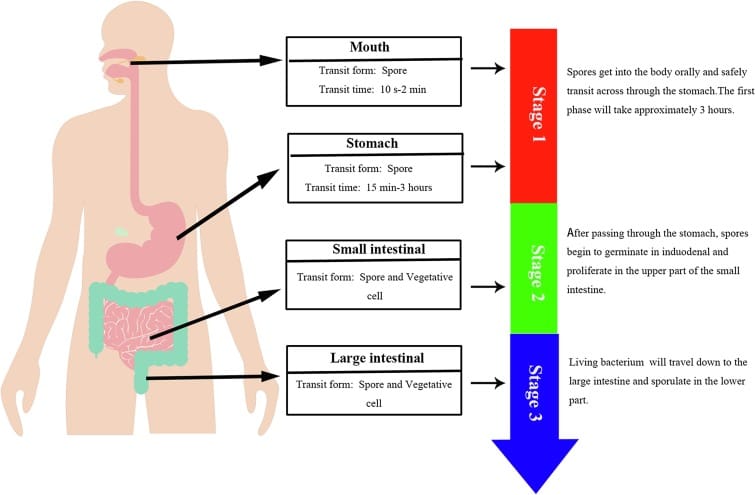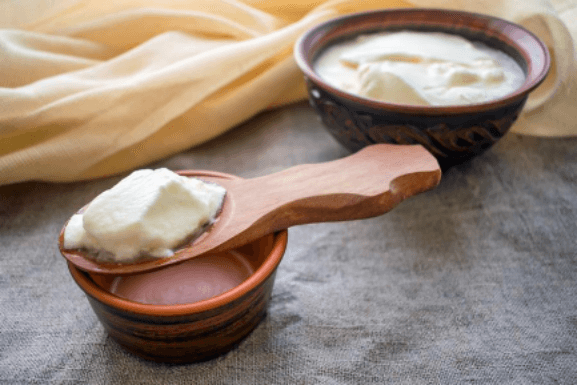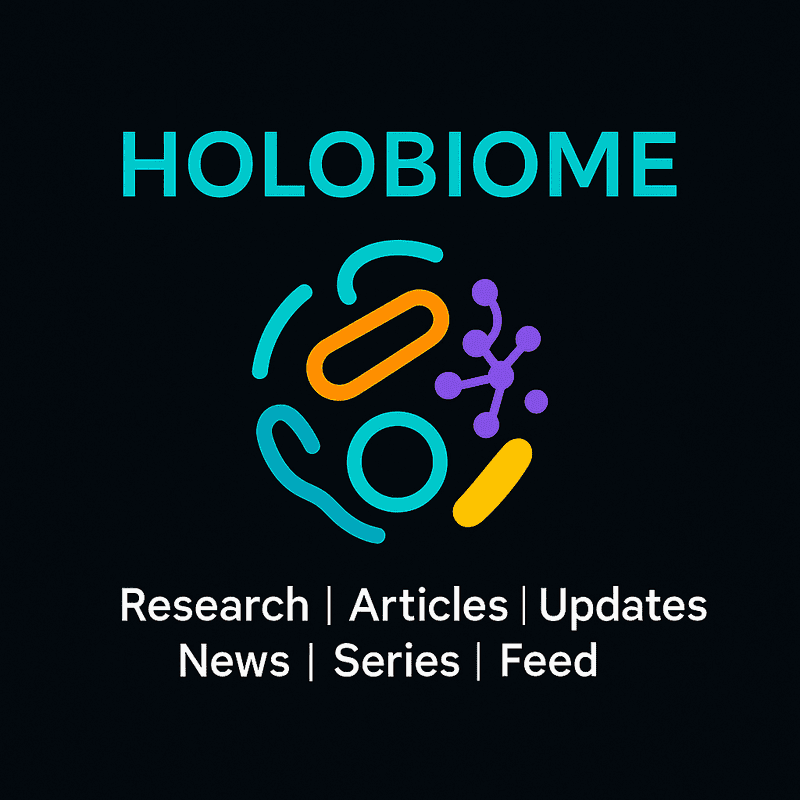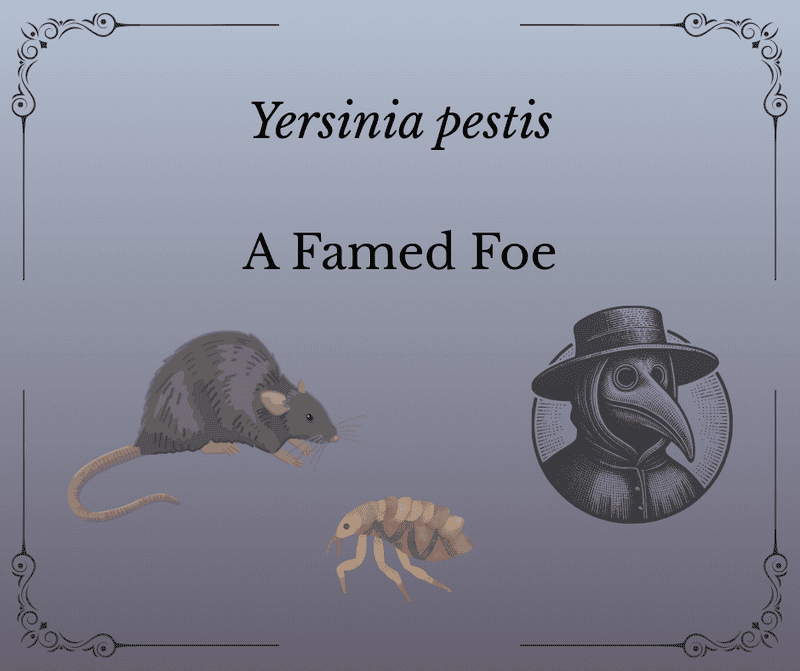History
Heyndrickxia coagulans was initially thought to be a member of the genus Lactobacillus. Since its discovery, there has been confusion regarding its taxonomic classification, as it exhibits characteristics of both the Lactobacillus and Bacillus genera. Bacillus coagulans, was first identified in 1915 by Hammer from spoiled canned milk ;however, some strains were misclassified as Lactobacillus sporogenes . In 1933, Horowitz-Wlassowa and Nowotel reclassified Lactobacillus sporogenes under the genus Bacillus. In 2020, Bacillus coagulans was assigned to a newly created genus ,Weizmannia, due to its genetic distinction from other Bacillus species. Subsequent genetic analyses in 2023 revealed similarities between the genera Weizmannia and Heyndrickxia , leading to the reclassification of all Weizmannia species under the genus Heyndrickxia. Therefore, the current and correct name of this bacterium is Heyndrickxia coagulans.
Health Benefits
Heyndrickxia coagulans offer numerous health benefits, including gastrointestinal health, weight management, immune modulation, skin health, infection prevention and overall well being. It helps in inhibiting the colonization of the pathogens by secreting antimicrobial peptides. It also keeps the body alert to ward off invading pathogens by increasing the number of immune cells. H. coagulans aids in better absorption of essential amino acids like leucine which might lessen the muscle damage post exercise and improves the skeletal muscle mass further conferring better exercise outcomes. This probiotic also plays an important role in maintaining skin health by effectively stimulating the body’s own enzymes responsible for anti-oxidant properties thus ensuring healthy and youthful skin.
Applications
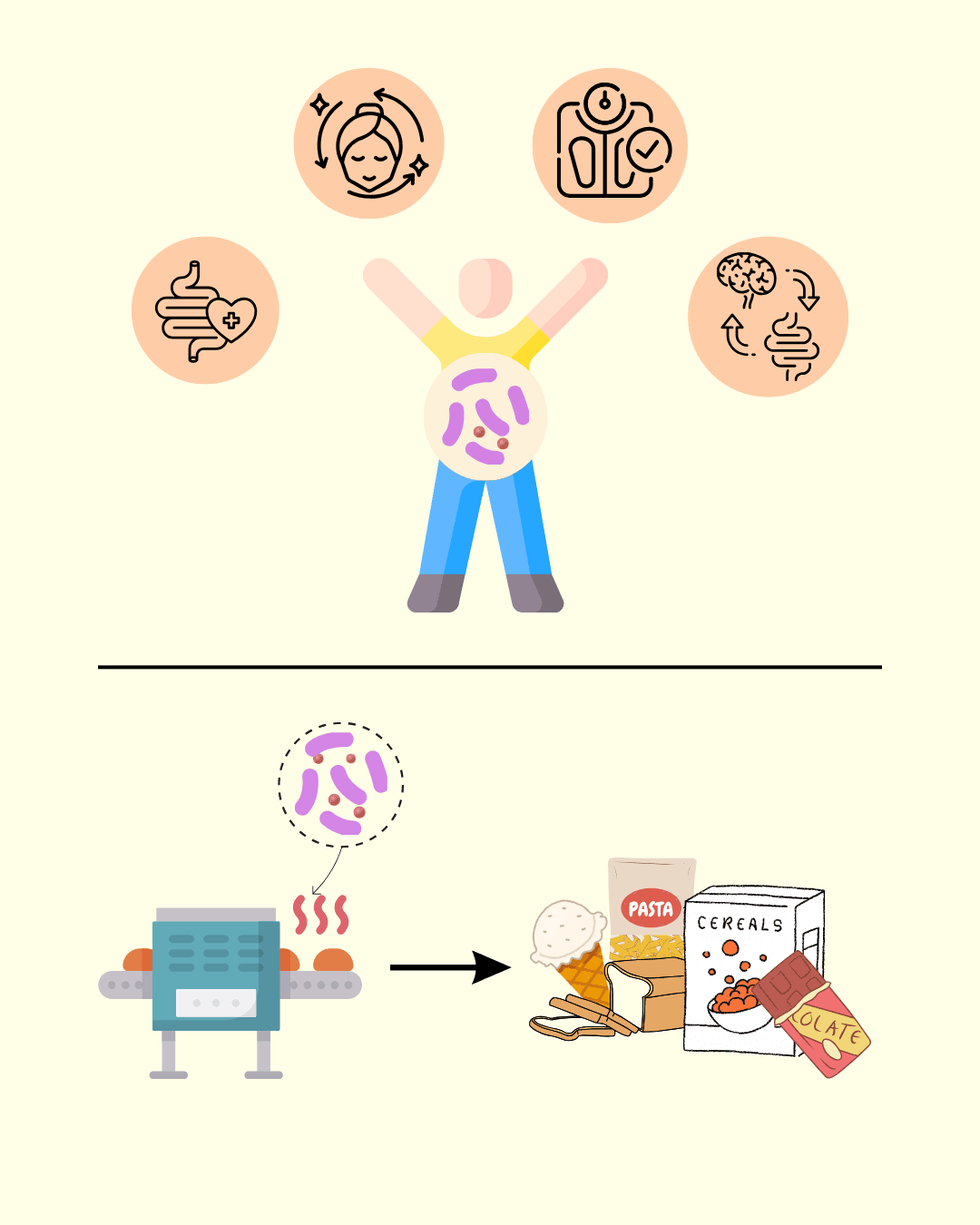
H. coagulans has been very popular in the health sector and numerous studies have been conducted to understand the effectiveness of this probiotic in treatment of infections and to relieve the symptoms of certain disorders or diseases. H. coagulans is commonly used for treating diarrhoea. Several clinical trials have also shown its ability to improve the quality of life by reducing the discomforts like abdominal pain, flatulence and bloating associated with IBS and several other gastrointestinal disorders. Recent studies have also shown that H.coagulans is a possible therapeutic agent for metabolic diseases, autoimmune diseases like rheumatoid arthritis and major depressive disorders. Along with its benefits with regards to health, H.coagulans serves as an ideal probiotic in the food industry because of its ability to withstand high temperatures and perform its functions. This property of H.coagulans is often exploited by the food industries, being used as an additive in cereals, in baked products such as white or whole wheat breads, pastas, dark chocolate ,ice cream and also gluten free cake mix. In addition to this, the beverage and the wine industries often extract xylanses (enzymes) from H.coagulans, and these are widely used in the clarification of fruit juices and wine.
Did You Know
What makes H.coagulans special from other probiotics?
H.coagulans has two forms. One, the sleepy - dormant form (spores) and second , the active- live forms. The dormant form of H.coagulans have been widely exploited by the food and beverage industries since it can resist high temperatures, a trait highly appreciated during the manufacturing process. When this bacteria is challenged with harsh conditions like the acidic and low oxygen environment usually encountered in the gut, the spores transform into their active forms and render their health benefits. The spore forming ability of H.coagulans along with its probiotic activity is what makes it special!
Life cycle of Heyndrickxia coagulans
Microbe Profile
Shape :Cylindrical with blunt ends
Gram nature : Gram Positive
Spore formation : Yes
Biofilm formation : Yes
Oxygen requirement : Facultative anaerobes
Optimal temperature :35 to 50 °C
Optimal pH : 5.5 to 6.5
Nutrient usage : Maltodextrin, Mannitol, Raffinose, Sucrose, and Trehalose
Taxonomic Classification
Kingdom : Bacteria
Phylum : Bacillota
Class : Bacilli
Order : Caryophanales
Family : Bacillaceae
Genus : Heyndrickxia
Species : Heyndrickxia coagulans
-Khushi.C
References
Narsing Rao, M. P., Banerjee, A., Liu, G. H., & Thamchaipenet, A. (2023). Genome-based reclassification of Bacillus acidicola, Bacillus pervagus and the genera Heyndrickxia, Margalitia and Weizmannia. International journal of systematic and evolutionary microbiology, 73(7), 10.1099/ijsem.0.005961. https://doi.org/10.1099/ijsem.0.005961
Cao, J., Yu, Z., Liu, W., Zhao, J., Zhang, H., Zhai, Q., & Chen, W. (2019). Probiotic characteristics of Bacillus coagulans and associated implications for human health and diseases. Journal of Functional Foods, 64, 103643. https://doi.org/10.1016/j.jff.2019.103643
Almada-Érix, C. N., Almada, C. N., Pedrosa, G. T. S., Biachi, J. P., Bonatto, M. S., Schmiele, M., Nabeshima, E. H., Clerici, M. T. P., Magnani, M., & Sant’Ana, A. S. (2022). Bread as probiotic carriers: Resistance of Bacillus coagulans GBI-30 6086 spores through processing steps. Food Research International, 155, 111040. https://doi.org/10.1016/j.foodres.2022.111040
Konuray, G., & Erginkaya, Z. (2018). Potential Use of Bacillus coagulans in the Food Industry. Foods (Basel, Switzerland), 7(6), 92. https://doi.org/10.3390/foods7060092
Maresca, E., Aulitto, M., & Contursi, P. (2024). Harnessing the dual nature of Bacillus (Weizmannia) coagulans for sustainable production of biomaterials and development of functional food. Microbial biotechnology, 17(4), e14449. https://doi.org/10.1111/1751-7915.14449
